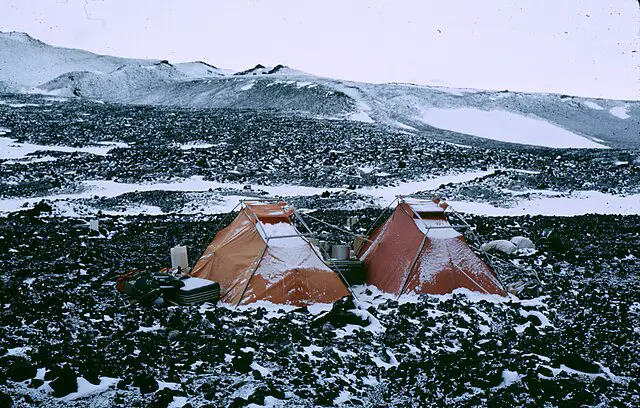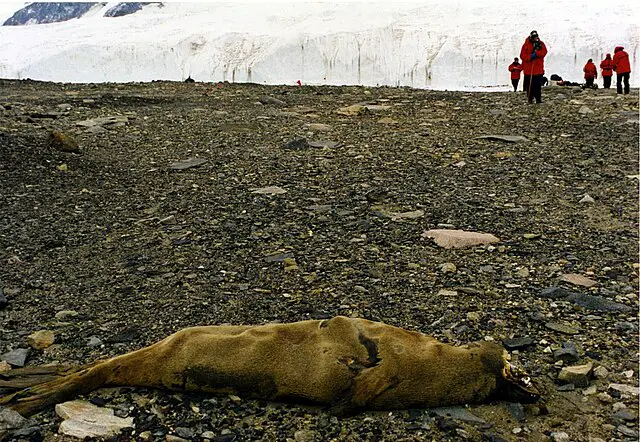Imagine standing in a place so dry that rain hasn’t fallen in nearly two million years. No plants, no rivers, no moisture—just an alien landscape of cracked earth, icy winds, and silence. Welcome to McMurdo Dry Valleys, the driest place on Earth, hidden deep within Antarctica. While most of the continent is covered in thick ice, these valleys remain eerily bare, defying everything we think we know about Antarctica’s frozen wilderness.

A Desert in the Coldest Place on Earth
When people think of deserts, they picture scorching sand dunes and endless heatwaves. But not all deserts are hot. McMurdo Dry Valleys are classified as a polar desert, meaning they receive almost zero precipitation. Winds here can reach speeds of 200 miles per hour, evaporating any moisture before it even has a chance to settle. Scientists believe this lifeless terrain has remained unchanged for millions of years—a frozen relic of Earth’s distant past.
The Secret Life of a ‘Dead’ Land
Despite its harsh conditions, McMurdo Dry Valleys aren’t entirely empty. Deep within the ice-covered lakes, ancient microbial life thrives, untouched by the outside world. These tiny organisms offer clues about how life could survive on Mars or other frozen planets. NASA has even studied these valleys as a model for extraterrestrial exploration, proving that even in the most extreme environments, life finds a way.
A Glimpse Into Earth’s Future?
McMurdo Dry Valleys serve as a natural laboratory for climate scientists, offering insights into Earth’s changing weather patterns and the future of water on our planet. As global temperatures shift, studying this unique landscape could help us understand the impact of extreme droughts and water scarcity worldwide.
The Ultimate Reminder of Earth’s Extremes
For nearly two million years, McMurdo Dry Valleys have stood as a testament to Earth’s ability to create landscapes that defy imagination. This forgotten desert, trapped in time, continues to reveal secrets about our planet’s past—and perhaps even its future.

